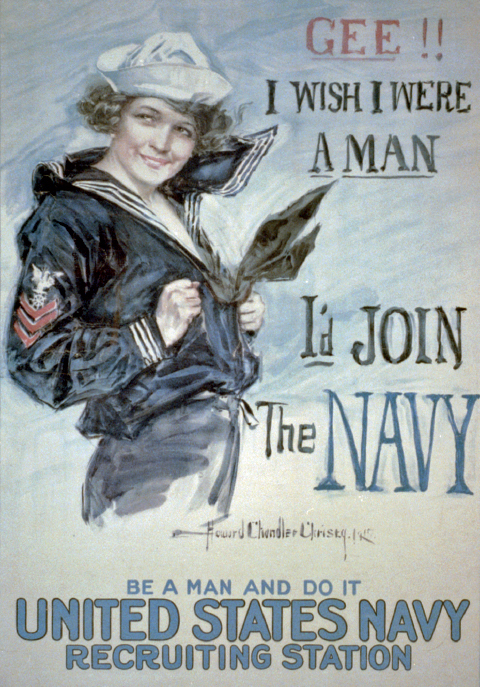Government by Commission

Progressives had relied on government commissions to regulate business practices as well as health and safety standards, and in July 1917 the Wilson administration followed suit by establishing the War Industries Board (WIB) to supervise the purchase of military supplies and to gear up private enterprise to meet demand. However, the WIB was largely ineffective until March 1918, when the president found the right man to lead it. He chose Wall Street financier Bernard Baruch, who recruited staff from business enterprises that the board regulated. Baruch prodded businesses into compliance mainly by offering lucrative contracts rather than by coercion. Working for a token $1 a year (but still on their company payrolls), the members of this agency helped reduce the chaos of mobilization. Ultimately, these businessmen created a government partnership with the corporate sector that would last beyond the war.
Labor also experienced significant gains through government regulation. Shortages of workers and an outbreak of strikes—more than four thousand in 1917—hampered the war effort. In April 1918, Wilson created the National War Labor Board (NWLB) to settle labor disputes. The agency consisted of representatives from unions, corporations, and the public. In exchange for obtaining a “no strike pledge” from organized labor, the NWLB supported an eight-hour workday with time-and-a-half pay for overtime, labor’s right to collective bargaining, and equal pay for equal work by women.
The NWLB fell short of reaching this last goal, but the war employed more than a million women who had not held jobs before. As military and government services expanded, women found greater opportunities as telephone operators, nurses, and clerical workers. At the same time, the number of women employed as domestic servants declined. Women took over formerly male jobs driving streetcars, delivering ice, assembling airplane motors, operating drill presses, oiling railroad engines, and welding parts. Yet women’s incomes continued to lag significantly behind those of men performing the same tasks.
Americans probably experienced the expanding scope of government intervention most directly through the efforts of three new agencies that regulated consumption and travel. Wilson appointed Herbert Hoover, a progressive mining engineer, to head the Food Administration. Hoover sought to increase the military and civilian food supply mainly through voluntary conservation measures. He generated a massive publicity campaign urging Americans to adopt “wheatless Mondays,” “meatless Tuesdays,” and “porkless Thursdays and Saturdays.” Chicago housewives demonstrated their ingenuity in cooking leftovers, as evidenced by a sharp decline in the volume of raw garbage in the city. The government also mobilized schoolchildren to plant vegetable gardens to increase food production for the home front. Wilson considered children’s work in the School Garden Army “just as real and patriotic an effort as the building of ships or the firing of cannon.”
Consumers saved gas and oil under the prodding of the Fuel Administration. The agency encouraged fuel “holidays” along the line of Hoover’s voluntary restrictions and created daylight saving time to conserve fuel by adding an extra hour of sunlight to the end of the workday. The Fuel Administration also offered higher prices to coal companies in order to increase productivity. Patterns of consumer travel changed under government regulation. The Railroad Administration acted more forcefully than most other agencies. Troop and supply shipments depended on the efficient operation of the railways. The administration controlled the railroads during the war, coordinating train schedules, overseeing terminals and regulating ticket prices, upgrading tracks, and raising workers’ wages.